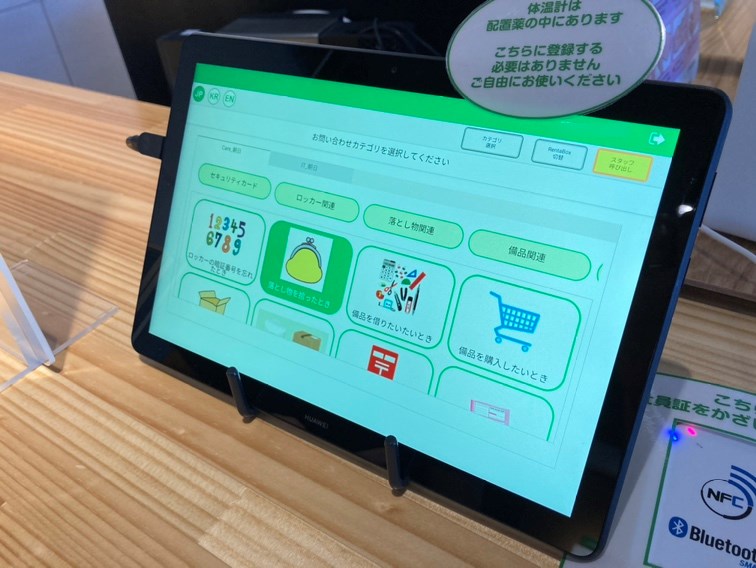Escape KPI Management traps! What is the Review & Sales Department’s monolith project?

[Notice] Effective October 1, 2023, LINE Fukuoka has changed its company name to LY Communications. Articles published on or before September 30, 2023 were written with our former company name.

Hi, this is Eriko Murakami
with the Review & Sales Dept
this is Eriko Murakami with the Review & Sales Dept.
I’m the manager of the team in charge of developing talent across offices.
How does your company or organization understand and evaluate numerical goals? We use KPI management in my department, the Review & Sales Department (R&S Department below).
KPI= Indicators to understand and evaluate the level of achievement in organizational goals
KPI management = Looking back at KPIs as necessary and discussing ways for improvements
KPI management is used by many companies and organizations but there are as many ways to go about it as there are companies and organizations.
The R&S Department (which is responsible for reviewing LINE account, advertisements, and stickers, and sales for LINE Ads and Demaecan) utilizes the monolith project to establish KPI management. The name monolith means a large stone that is tall and narrow, embodying the idea that we are going to create an organization with everything like management, meetings, analysis, and everything else associated with KPI as one piece.

In this article, I’d like to tell you how we escaped KPI management traps in our efforts to establish fundamental KPI management.
I hope this article helps those who:
・Are considering introducing KPI management
・Are questioning their current approach to KPI management
Three common KPI management traps
Trap ①: “Pseudo” KPIs
Trap ②: KPIs that only those at the top understand
Trap ③: Figures that only department leaders can understand and explain the current state of
First, let’s take a look at these three traps that the R&S Department also fell into.
Trap ①: “Pseudo” KPIs
Do you find yourself utilizing pseudo KPIs for work progress and as a means to achieve targets as indicators?
Example: If you are reporting as KPI “currently the help desk has been able to respond to inquiries that have come in by xxx time, on yyy date and zzz month,” that’s a work progress report.
Example: If you have set making calls and the number of calls you have made as a KPI for a sales department as KPI to boost sales, you can achieve that KPI just by calling a company few times a company that doesn’t answer. This is an extreme example but it’s a case where the means has become the purpose.
Trap ②: KPIs that only those at the top understand
Unless the people actually engaged in operations understand the purpose, KPI indicators and targets, they can’t act toward achieving their KPIs and can’t run a Plan, Do, Check, Act (PDCA) cycle either, which creates a vicious circle.
Example: After achieving the target number of responses, will the operation representative “speed down and work on each case more carefully” or “efficiently respond to more inquiries?” If everyone understands the purpose, KPI indicators, and targets, they should spend their time in a way that contributes to achieving KPIs.
Trap ③: Figures that only department leaders can understand and explain the current state of
Even if you manage to escape traps ① and ②, set great KPI indicators, and have them spread through the organization, it’s meaningless if you can’t communicate those values and their current state. It was the same for us; only our department leaders were able to do this. If this situation continues, you may not be able to get people to understand your problems and areas that you want to improve on and end up in a vicious cycle not being able to receive the needed support from relevant parties.
As illustrated later in the description of the monolith project, the R&S Department appointed a member and future
leadership candidate as a KPI reporting representative. Their role isn’t just to communicate the value of KPI to everyone, regardless of their job title and division, but also to be able to explain operational state.
What is the monolith framework for establishing KPI management in the R&S Department?
When we realized that we had fallen into these three traps, our department launched the monolith project to establish fundamental KPI management, realizing that we were trapped in the three traps.
“Creating an environment,” “creating opportunities,” and “cultivating talent.” We accumulated progress in these three areas through repeated trial and error.
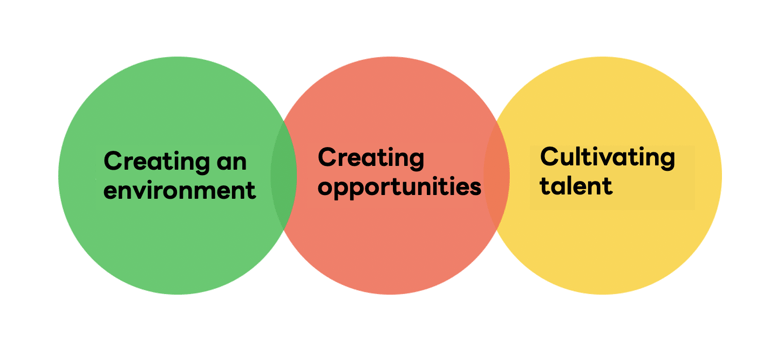
Creating an environment
We created indicators, set targets, and visualized them to create an environment that enables us to use data.
■ Creating indicators and setting targets for KGIs and KPIs
Our department’s KPI reporting representative created indicators with stakeholders in mind, such as users, businesses, and job sites. Then, as a cross-organizational department, we evaluated whether the indicators were appropriate when laid out for each office.
KGI and KPI targets were set according to requests from business divisions, and the perspectives of job sites and users.
■ Visualizing KGIs and KPIs
To determine the logic to calculate these indicators, with support from LINE Fukuoka’s organization (the Value Management Center) responsible for visualizing and standardizing issues across the company and from a specialized data analysis organization (Data Labs), we created a dashboard on a Business Intelligence (BI) tool.
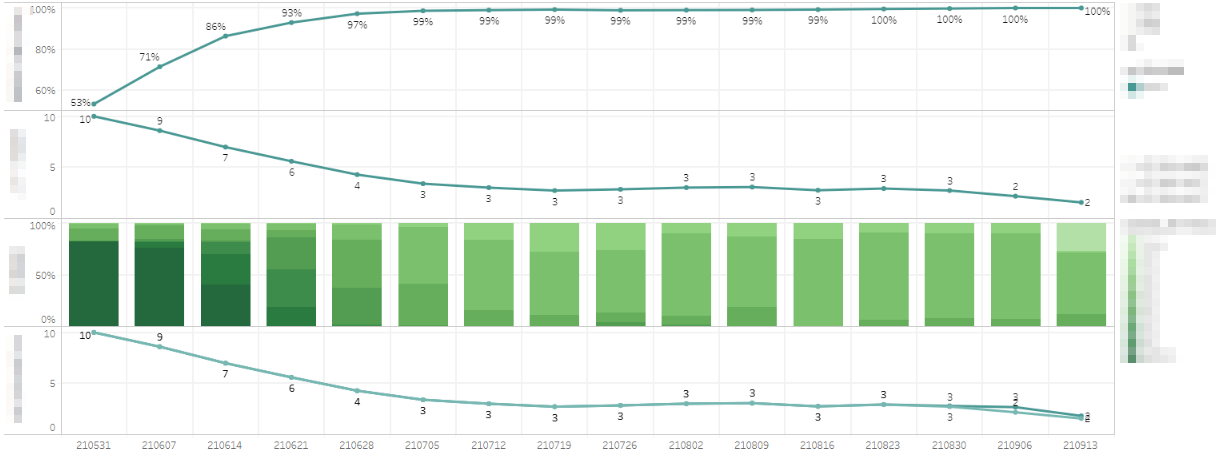
By supporting the setting of appropriate indicators and targets across offices and organizing an environment that visualizes numbers, we managed to escape trap ① which were “pseudo” KPIs.
Creating opportunities
With the idea that the opportunities to use the KGIs and KPIs we set are also important, the R&S Department created a venue for reporting, which we call KPI Meetings.
What is a KPI Meeting?
Once a month, KPI reporting representatives selected from each Part and Team of the R&S Department get together and report the previous month’s KGI and KPI progress to Center Heads, Department Heads, and Managers, and discuss how improvements can be made in the next month.
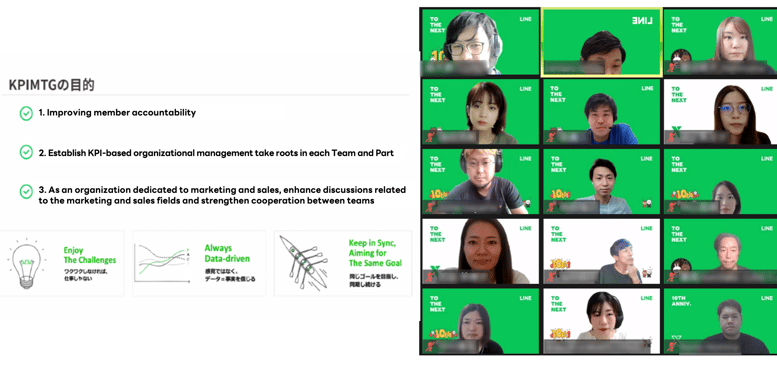
Note: This is what a KPI Meeting looks like (these meetings currently take place online)
■Opportunities to create reports using KGI/KPI
Creating documents for the presentation at the KPI Meeting trains the reporting representative’s reporting skills.
What to check when creating a report:
✔ Is specialized terminology (and its meaning) explained?
✔Are the premises, background, and history explained?
✔ Are the causes for results analyzed? (Was a hypothesis set and evaluated?)
✔Are measures to solve issues covered?
■ Opportunities for verbal explanations using KGI/KPI
KPI Meetings are attended by leaders such as Center Heads, Department Heads, and Managers, as well as multiple reporting representatives who are involved in review and sales for different fields, even though they’re in the same department. Reporting representatives need to be able to explain their results and issues in a way that everyone can understand, so these meetings serve as an opportunity for the representatives to improve their accountability.
What they have to keep in mind when explaining:
✔Instead of just reading the report, they need to speak toward a pre-determined conclusion.
✔ They need to constantly be aware of “speaking so that everyone can understand what they’re saying” in short, easy-to-understand sentences
✔ They need to speak logically (using phrases like a, therefore b.)
■ Opportunities to get feedback
To prepare for a KPI Meeting, monolith project members support the reporting representatives and their team’s managers.
At the KPI Meeting and in post-meeting reflections, KPI report content and approaches for describing them are discussed, as well as why the reports were focused on particular issues to improve the accuracy of hypotheses, and we run PDCA cycles through this feedback.
These opportunities help set fundamental KGI and KPI indicators and purposes instead of the pseudo KPIs in trap ①, which enables representatives to report and properly explain themselves through their words. They also help you get out of trap ② (KPIs that only those at the top understand) and Trap ③ (figures that only department leaders can understand and explain the current state of) as well.
Cultivating talent
One of the purposes of the monolith framework to establish KPI management, is to cultivate future leadership candidates who will be able to fully utilize these indicators through learning opportunities such as participating in KPI Meetings and making reports.
■ Introduction of the representative system
KPI reporting representatives responsible for creating reports and presenting them at the KPI Meeting are selected from each Part and Team, and start on these reports after they make presentations at regular department-wide meetings. Working as special representatives helps develop their sense of responsibility.
■ Encouraging the audience to understand the importance of KGI and KPI
KPI Meetings always starts off by explaining to the audience what KGIs and KPIs are. By repeating this description, everyone gets a better understanding of how important they are, and it also helps minimize misunderstanding of the terms.
■ Sharing the definition of frequently used numerical indicators at meetings
The R&S Department has standardized the calculation logic for the indicators frequently used for KPIs.
For instance, everyone at the office shares the same understanding about “average response time,” and when that time starts and ends. We regularly hold meetings for reporting representatives to show them what value an indicator exhibits and how they’ve been used.
■ Clear definition of manager and representative responsibilities
KPI Meetings clearly define roles for respective members so that they will know exactly what they are responsible for.
What to check for KPI Meetings by role:
✔ • Reporting representatives::
Representatives are responsible for creating reports and report their section’s KPI progress in a manner that anyone can understand. They devise the next action plan based on the feedback they get.
✔• Managers (Team and Part leaders):
Managers are responsible for checking the reports in advance and supplementing the content at the KPI Meeting as necessary. They also give feedback to the representatives’ presentations.
✔ • monolith project representatives:
Project representatives are responsible for scheduling, facilitation, and supporting action plans.
True feelings of KPI reporting representatives
We have seen how the monolith project has been improving the R&S Department’s “pseudo” KPIs to establish fundamental KPI management, and establishing KPI Meetings. So what kind of changes did the project inspire in members?
We sat down with Ms. Kyoko Fukunaga who has been participating in KPI Meetings as a KPI reporting representative.

R&S Department – Assistant manager of a section in charge of reviews
Ms. Fukunaga has served as a KPI representative since February 2020.
Fukunaga: KGIs and KPIs always come into my mind whenever I make any work decisions.
At the KPI Meeting I can reflect on our efforts and see future prospects at the same time, which helps me identify issues, and makes me more prepared for what’s coming up. I can also explain the value of KGIs and KPIs and what they mean more smoothly to the members of my section and those in other sections.
I also established a meeting for my co-workers where I share the content of KPI Meetings, where I tell them about what was presented. They’ve told me that it helped them understand how their efforts to meet the target were making significant contributions to achieving our KPIs.
These sessions have enabled members to set personal targets and propose concrete measures themselves, which was a good and significant change.

Her next step after all these changes
Fukunaga: Until now, as a representative I had been thinking what actions to take to solve issues. Going forward I would like other members to think about that as well so that we can produce “more realistic actions that can be effortlessly adopted at job sites.”
Personally, by working as a KPI reporting representative, I learned to run a PDCA cycle of thinking about the specific issues we should be looking at and being sure to take steps to solve them each month. That’s why I think this role or something similar is something I want future leadership candidates to experience.
<Final messeage>
When you hear the word LINE you might think of a company that digitizes everything and manages everything on the latest systems. However, many of us actually steadily and earnestly work on each of our missions on a daily basis, through trial and error. We hope this article inspires you to take another look at the goals of your own work, and check if you’ve fallen into any of the three traps.

Hi, this is Eriko Murakami
with the Review & Sales Dept
Going forward, we will continue to enjoy the challenge of producing answers for questions that don’t have one yet.
Enjoy the Challenges!
ーRelated articles ー
https://linefukuoka.blog.jp/archives/20200716_01_plan_and_op_interview.html
(Sorry, only available in Japanese)
Sign up to read LINE Fukuoka’s hiring information and various efforts from the official accounts below.
LINE official account (LINE ID: @linefukuoka)
Related Articles
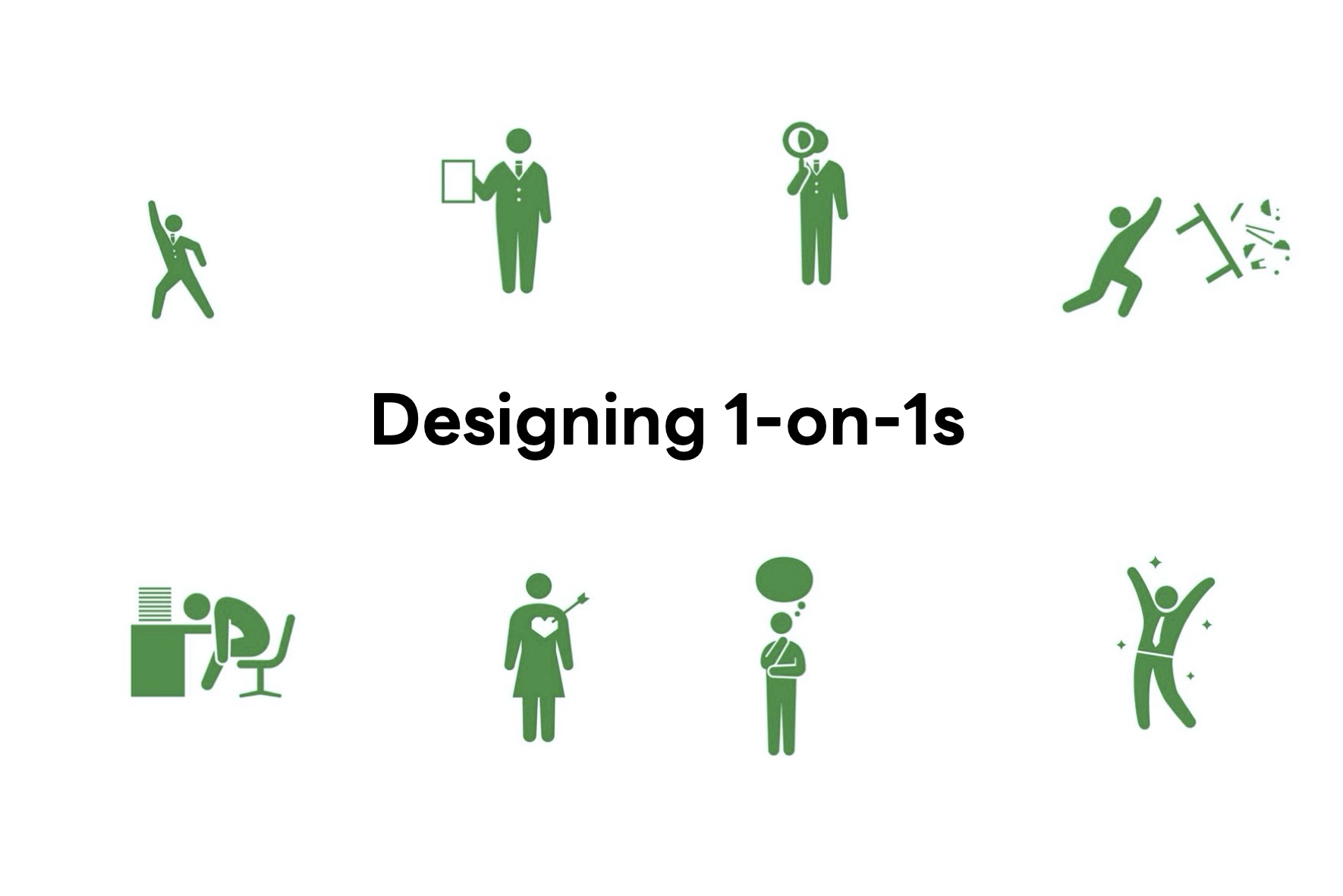
Learning the Secrets of "1-on-1s" to Achieve Improved Productivity and Teamwork, Even When Working From Home!

Customer Success Planning Department's Mr. Kato Takes the Stage at LINE AI Company All Hands Meeting
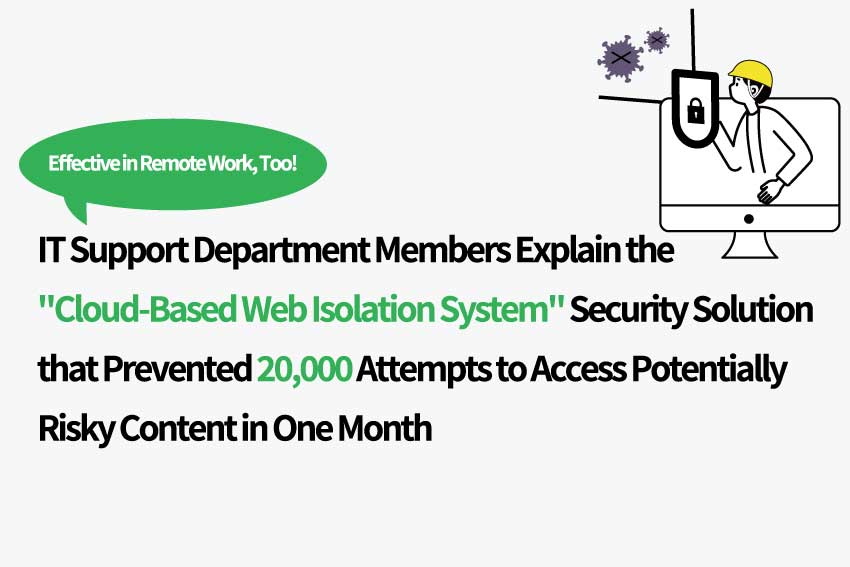
IT Support Department Members Explain the "Cloud-Based Web Isolation System" Security Solution that Prevented 20,000 Attempts to Access Potentially Risky Content in One Month
